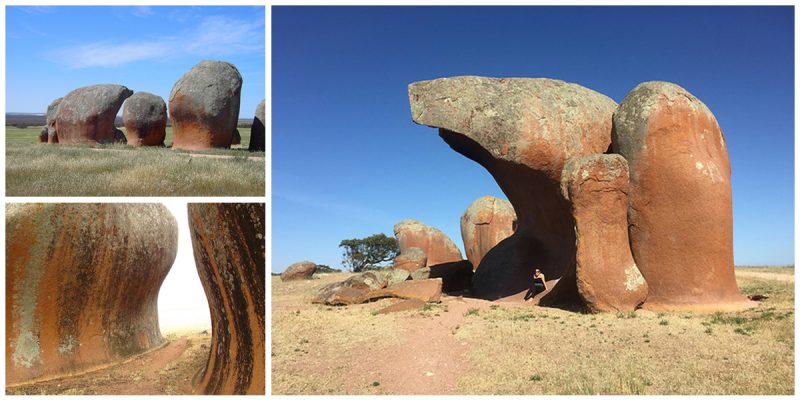Located at Mortana, between Streaky Bay and Port Kenny on the Eyre Peninsula, South Australia, Murphy’s Haystacks are a group of ancient, wind-worn pink granite boulders that were formed 1,500 million years ago.
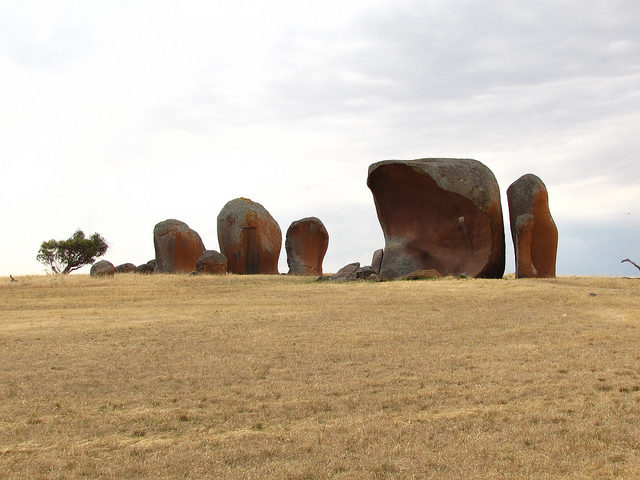
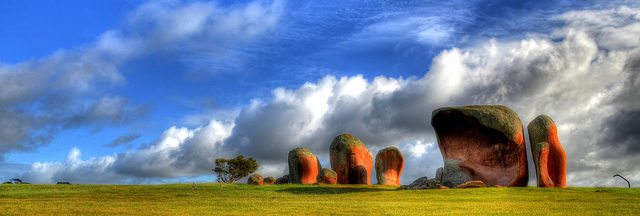
It is believed that these granite rocks gained their name sometime between 1902 and 1914, when an agricultural adviser was passing by and saw what he believed to be haystacks. He asked the Owner of the property how they could produce so much hay, and after learning the truth, titled the rocks as “Murphy’s”- the Farmer who’s land they resided on.
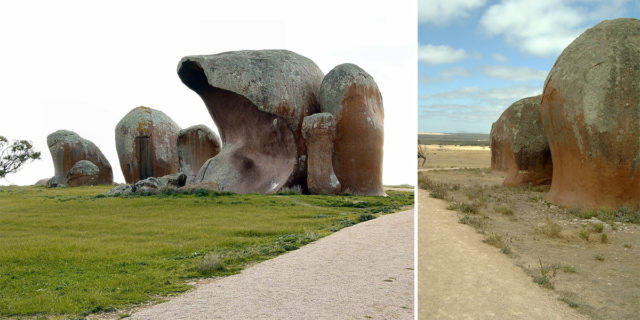
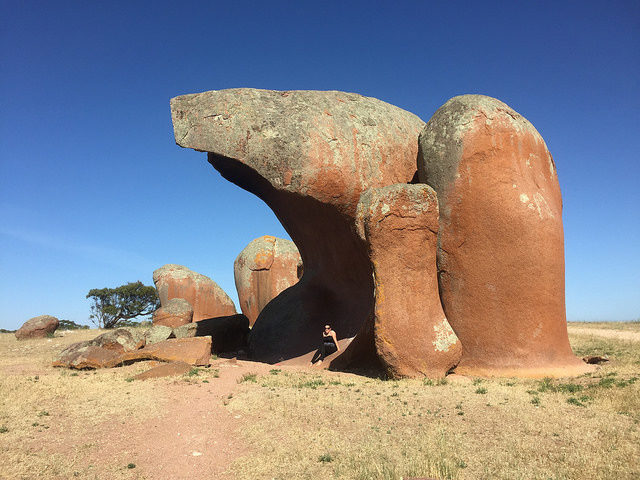
These haystacks, of course, have nothing to do with farming and are in fact very fine examples of weathered granite inselberg structures, which often take the forms of boulders and pillars.
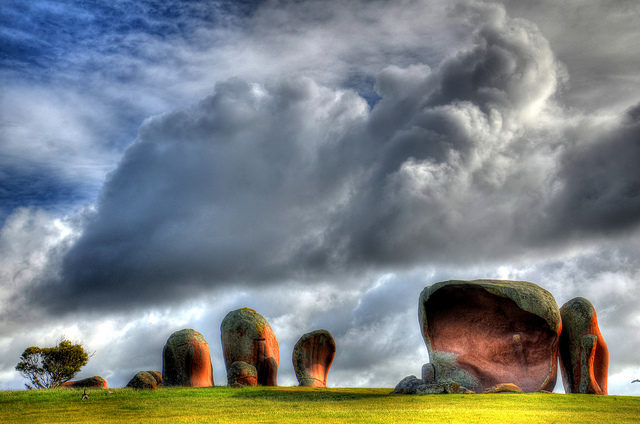
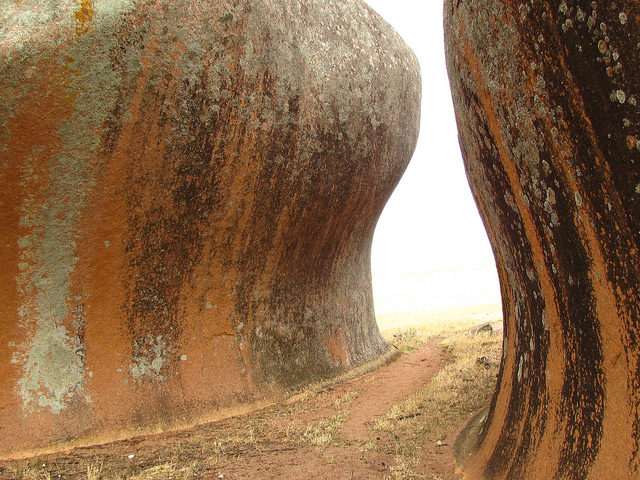
The process that created Murphy’s Haystacks began some 1,500 million years ago when boiling magma filled crevices below the earth’s surface and then cooled, laying down a granite base. The present formations were formed 100,000 years ago. The granite hills of the district, including the haystacks, were buried by calcareous dune sand. About 34,000 years ago they were uncovered by severe erosion, which exposed them in their present state as pillars or boulders, giving them fantastic shapes. Amazingly these beautiful pink granites were formed at a depth of 7 to 10 kilometres below the earth’s surface.
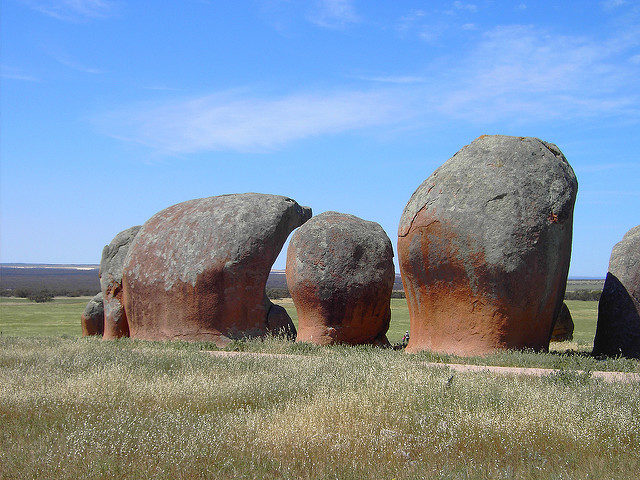
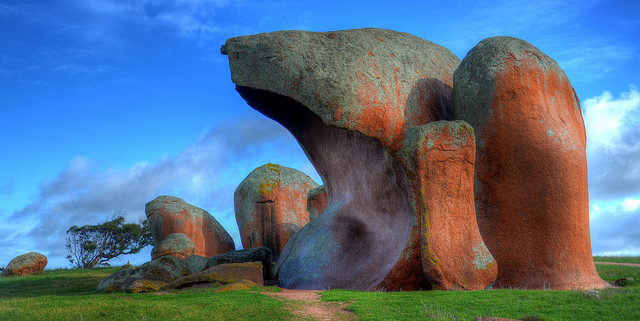
The haystacks are located on a private property now belonging to Dennis Cash, grandson of Denis Murphy, who purchased the farm in 1889.
